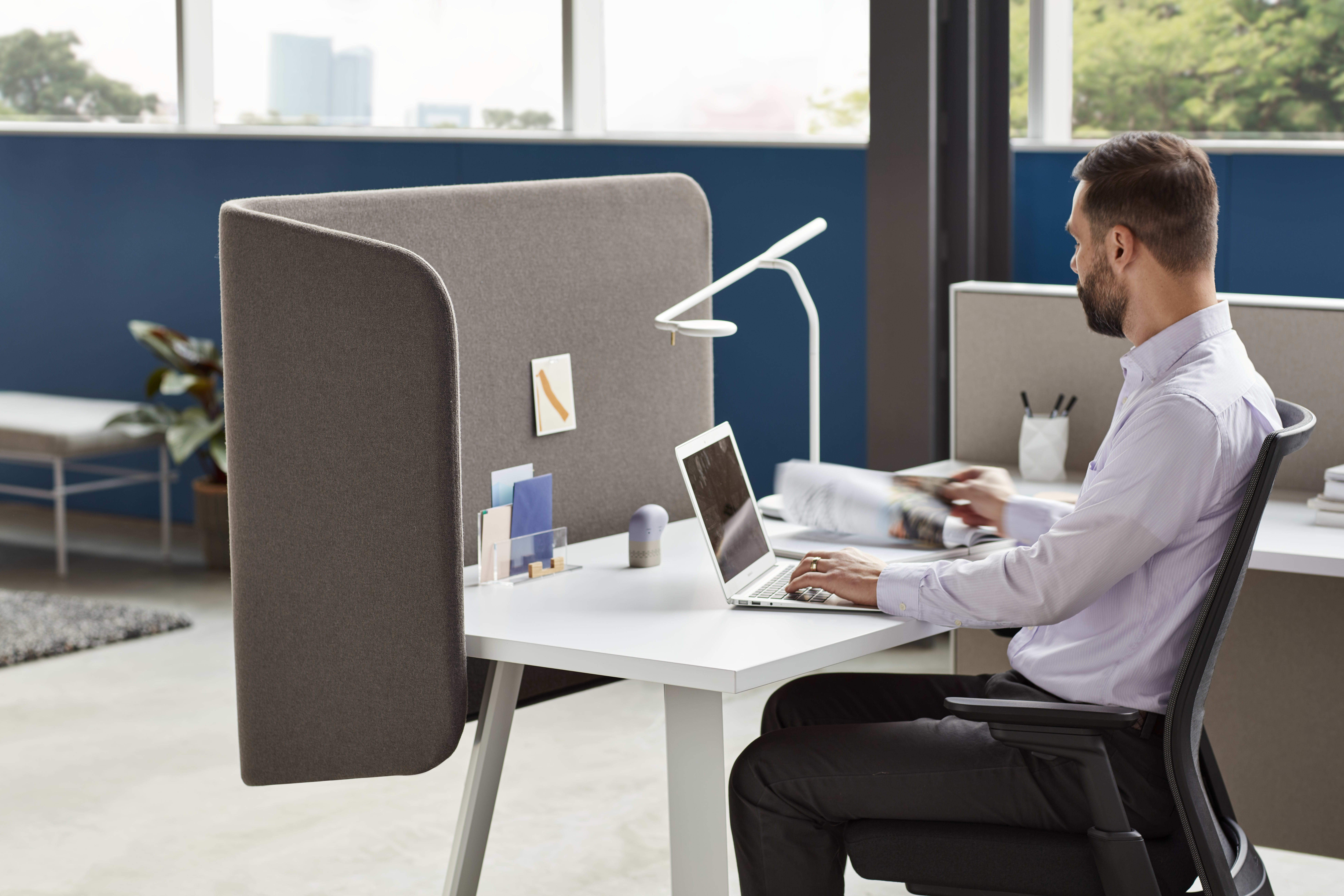In an earlier blog, we noted how technology is driving many changes in the workplace, primarily focusing on improving the user experience and managing the effectiveness and efficiencies of the real estate portfolio. And when Ai – the elephant in the room as we called it – is taken into consideration, the impacts and resulting changes can be quite significant. And then COVID-19 crashes across the globe. And, literally overnight, everything changed.
In this ‘new norm’, the technologies we’d considered before to provide positive impacts on user and real estate effectiveness. Knowledge sharing tools – Microsoft Teams, Google Docs and others – facilitated sharing and coordinating revisions to work products. And while user experience may have caused some challenges, GoToMeeting, Zoom, Google Meet and other technologies facilitated virtual collaboration between the newly distributed, virtual work force.
Mobile technologies are playing a significant role in this area. GPS and Bluetooth, which before helped us find our way through traffic or get a seat at that new restaurant can be used to track the spread of COVID through the community. A process called ‘Contact Tracking’ uses these tools, linked to public records of individual infections, to identify when someone comes into contact or gets close to a person known to be infected; the system can then notify that person so they can consider self-isolation and testing. In theory, this helps limit the people in isolation to those most at risk of infection. A similar process called ‘Activity Applications’ uses public information about individuals – age, home address, where they work, and maybe pre-existing medical conditions – to determine patterns of movement and interaction which can then be used to identify people who may be at risk. Voluntary personal information can also be used and improves the accuracy of the pattern identifications. There are definitely privacy concerns in both of these technologies, but their broad use and application is useful in managing the spread of the virus.
Similar technologies are being used in the workplace as well. Ford is piloting a wristwatch-like device that vibrates and flashes a colored signal when people get too close to each other. Managers can get notifications to help identify ‘pinch points’ or other spatial or process challenges in the workplace. Technology vendors like Workplace Fabric and Avuity are updating the functionality of their sensor technologies to support social distancing and updated cleaning protocols. Users can be directed only to workspaces that maintain social distancing from workers already in the workplace. The sensors notify cleaning crews when a space has been vacated, and the cleaning crews can automatically record when they have cleaned a workspace, allowing users to identify and use the most recently cleaned spaces. Trend data allows the FM teams to track how their cleaning protocols are working and how well their workers are adhering to social distancing.
Monitoring workers as they come into the building is also an important component of managing this pandemic. Lamex, HNI’s manufacturer in China, began using touchless thermometers to track workers’ temperature when they entered the building and randomly during the day. HNI and Allsteel are in the process of reviewing ‘temperature’ sensing technologies for use in both our manufacturing and our corporate facilities in the US. Temperature scanning devices have been a part of manufacturing for years – scanning the temperature of equipment, products, electrical connections, etc. COVID has pushed manufacturers to adapt these scanners for new uses. Because our members arrive and depart at different rates at our manufacturing vs. corporate facilities, we are looking at high capacity scanners (80 - 100 members/minutes) for manufacturing and low capacity scanners (15 - 20 members/minute) for our corporate facilities. In total, we considered over 20 criteria to select the technology that best met our requirements; some key criteria include ease of installation, ability to self ‘recalibrate’ over time, ability to be mounted permanently for long term use, accuracy, data storage capability and automated notification processes.
It is inevitable that new technology applications will be discovered as we progress to the ‘new norm’ COVID-19 is forcing us to define. In the interim, besides the costs of installing these new technologies, there are other challenges that will need to be addressed. Two key ones, at least in western cultures, are balancing privacy and data security with safety and gaining public use of the technology broad enough so that the data collected provides the desired societal and health benefits.




